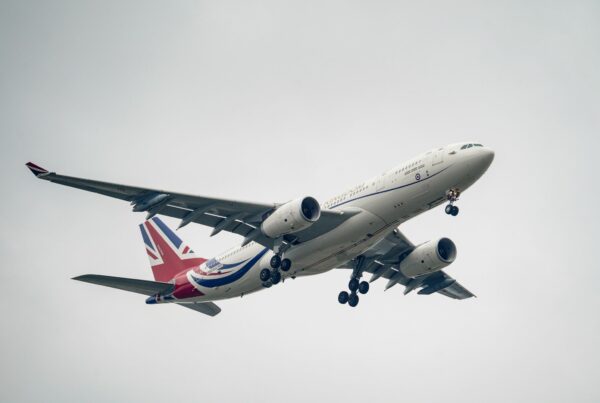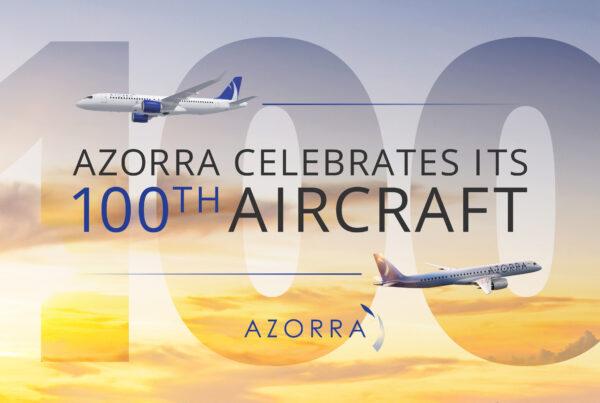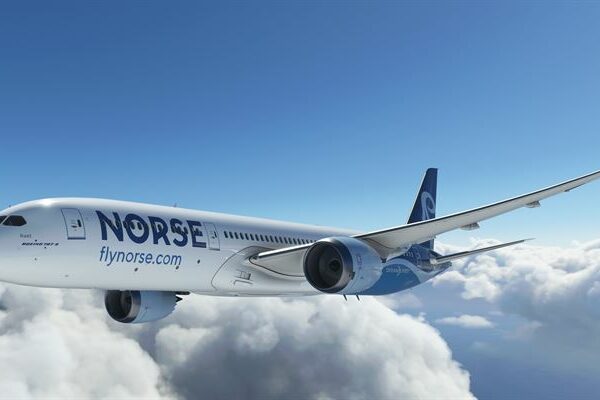The European Regions Airline Association (ERA) has outlined some of the key issues and developments facing the aviation industry in Europe.
In an annual media briefing at the Royal Aeronautical Society in London, the ERA shared an overview of the current industry, as well as the activities of the association.
Brexit, of course, remains an issue on its agenda, following the recent draft Withdrawal Agreement for the implementation period as the UK formally leaves the European Union.
The ERA’s director general, Montserrat Barriga, said the transition deal will provide more time, adding: “I think it was very scary not to know whether there was going to be a transition period and how long that transition period would take.”
Barriga highlighted that aviation-specific agreements had not been present in the latest agreement on the transition period. “We do definitely welcome the fact there is a transition period,” she said, “and that there is a date for that, and we still support that there needs to be a specific case for aviation.”
Andrew Kelly, president of the ERA, also commented that the signing means the “real negotiations can start,” adding, “We want and need aviation discussions to be part of that package.”
Presenting an overview of the current aviation market, Peter Morris, chief economist at FlightGlobal, suggested that the European industry could see limited PSO or route-funding support going forward, adding: “So we’re very much driven by the economics of operation and level of demand that there is.”
He suggested that when considering the problems governments face, such as in education and healthcare, money that goes into aviation is increasingly being seen as “something of a luxury.”
Morris said: “I’d debate that, particularly from the view of the regional remote sites where without that aviation link they clearly have no possibility of connecting into the economic network of Europe.” He added that there are many network points that can only be connected by aviation.
He suggested: “I think one of the problems is that you haven’t really seen the technological development in regional aircraft to date that you’ve seen in either widebodies or narrow-bodies, and if that could happen then it would open up more opportunities that would be feasible on an economic basis.”
Morris also spoke on the expansion of airlines such as Ryanair and easyJet, and added that the models of low-fare airlines provide a level of flexibility over that of mainline carriers. “Rather than moving towards a greater frequency model, they’ve in fact clearly moved away from that towards one that is serving a huge number of destinations but with an average frequency for the entire year.” Many of those very successful routes were actually now being served less than once a day, he pointed out.
Jörg Troester, head of corporate strategy, industry and government affairs, at Hahn Air Lines also highlighted the flexibility of a traditional low-fare carrier. He said: “As they are doing everything for direct distribution into their own channel, they are much, much faster finding out whether they have a positive revenue for a route on a day, on a period, on a market, and they can decide much, much faster whether they want to stay in that market or they want to pull out.”
He said this was in contrast to full-service network carriers, where the process of gathering those figures could take longer, suggesting: “They may fly for six weeks, for two months or three months, and they don’t have a clue whether they make money on this specific route or not.”








